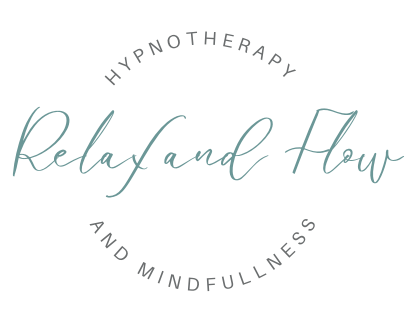Easing chronic pain and anxiety to make life less difficult
When I have put my subconscious mind on high alert it tends to interpret neutral signals from the body as dangerous. This can lead to pain and anxiety. When these become chronic, I find everyday activities more difficult and more time-consuming.
What happens when I take a break from high-alert focus?
Retraining my mind out of a high-alert focus requires some constancy and repetition. After-all, I probably spent years repeating the same negative patterns to get into the chronic high-alert state in the first place. To retrain my mind, I can – for example – spend an initial time leaning into and enjoying the fresh air, the sun, and positive company. Then I can reinforce this by repeating the same or similar over several days.
When I am in almost constant states of anxiety or pain, I can start to avoid these simple and pleasant activities. To take back control and start to calm my mind, I can reintroduce them. And I can make a point of repeating them frequently. By doing this, I can start to retrain my subconscious brain into paying attention to positive sensations rather than being in a constant high-alert state.
It’s about getting my mind used to having a calmer focus again, and helping it to gravitate towards this calmer focus.
What is an avoidance technique?
Generally, when working with psychological difficulties, we see avoidance as something which increases sensitivity towards whatever we are trying to avoid. Then, when we encounter the feared thing again, we feel even more stressed. So we are often encouraged to face our fears and do the thing we are avoiding.
However, sometimes an avoidance technique is a good thing. If your stress levels are really high, then doing the thing you fear can lead to a retraumatisation. This means that when you encounter the feared thing next time, you feel even more stressed.
So, sometimes, it is good to have some avoidance techniques to hand. These are any of the things you do which naturally refocus you onto something positive and calming. Then, when your stress levels are low enough to cope again, you can try exposing yourself to that feared thing again. Preferably you will do this in a gentle, caring way.
Using avoidance techniques in everyday life.
Sometimes there’s a bit of a running commentary going on in my mind as I go about my everyday business. But usually it is not about what I am actually doing right now, but about some ongoing annoyance.
If that ongoing annoyance gets too loud (for me that’s about a level 5 out of 10 level) then it might be a good time for me to use an ‘avoidance technique’.
To do this, first I can recognise that I am worrying about something. Then I can consciously bring my mind to something which naturally makes me feel calm and absorbed. For me, that might be focussing in on the potential humour and word-play of a situation. When I go back to the ongoing problem again, I then can have some freshness about it. I can look at it with new, more positive eyes. Could I inject some humour and word-play into it, even?!
Mindfulness can be used as an element in healing work, especially when it is focused in a particular way.
Coming into the presence of ‘now’ can be a really powerful way to get a sense of calm and perspective.
We can also use mindfulness as a more focused element in healing work. For example, you can do a body scan but keep the focus on positive sensations in the body, really leaning into them and enjoying them.
Doing this can help you to lay down new neural pathways in the brain for paying attention to the positive things in life. Each time you do the practice, you reinforce these pathways and make them more a place the mind gravitates towards naturally.
(Photo by ameenfahmy on Unsplash)



